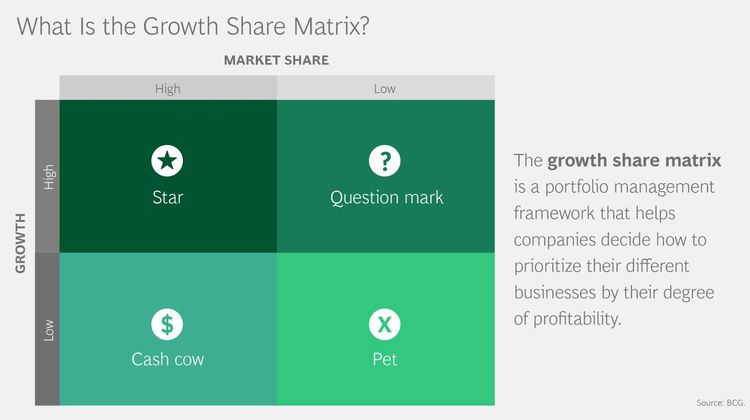We just finished 2023, and thanks to the various ‘best brands’ rankings provided by leading consulting firms, we have a sense of the winners. Across these rankings, big tech continues to dominate. So congrats again to Apple, Microsoft and Google, among others.
But what about the brands that didn’t move up, dropped places on the list, fell off the list or didn’t make it at all?
For most companies, brand growth is hard to come by. That’s because as companies mature, they sell more and more products, do more acquisitions, and create more internal divisions and political rivalries. They get big and bloated and lose focus. They drift away from the original mission and culture of their founders in pursuit of next quarter’s numbers.
Many CMOs contribute to this problem by taking a conventional approach to brand strategy. If you ask them what their brand strategy is, don’t be surprised if they talk about the brand campaigns they’re running to provide air cover for all of their products. A rising tide lifts all boats. They probably also have an extensive list of key performance indicators which provide comfort and, in some cases, the illusion of progress.
The ‘campaign equals brand strategy’ approach is accepted, safe, and defensible in front of the C-suite, but it won’t drive brand growth.
The best path to brand growth is to build your brand around your stars.
What’s a star? It’s a product with high-growth, high market share potential. This is not something I made up, though I wish I did. Back in the 70s, BCG created a simple 2x2 to help leaders prioritize their products. I love this matrix because it forces you to focus and helps you make choices. And making choices is what strategy is all about.
When you find your stars, you unlock real opportunities for growth. Not small, marginal improvements in revenue and profits, but entirely new markets with new customers. You can bet that Apple, Microsoft and Google know their stars. Apple iPhone, Microsoft Azure, and Google Ads are my guesses. These leading products unlock massive opportunities for them with consumers and businesses around the world.
This brings up another point. To build a strategy that will drive brand growth, you need to partner with your corporate strategy team to uncover and prioritize your star products. Business strategy should inform brand strategy. You can’t understand market share potential by talking to your social media or copywriting team (no offense). If business and brand strategy capabilities function in separate silos inside your company, it’s the CMOs job to break down these walls and create this cross-functional discipline.
Now, I’m not saying that finding you stars in a big company is easy or simple, but I do think it’s arguably the most powerful way to drive real growth.
By building this discipline into your marketing and brand strategy development, you can significantly change the trajectory of your brand. While you may never dethrone big tech from the top of the brand ranking lists, tapping new high-potential markets and fueling tangible business results will no doubt get your C-suite to stop and take notice.
